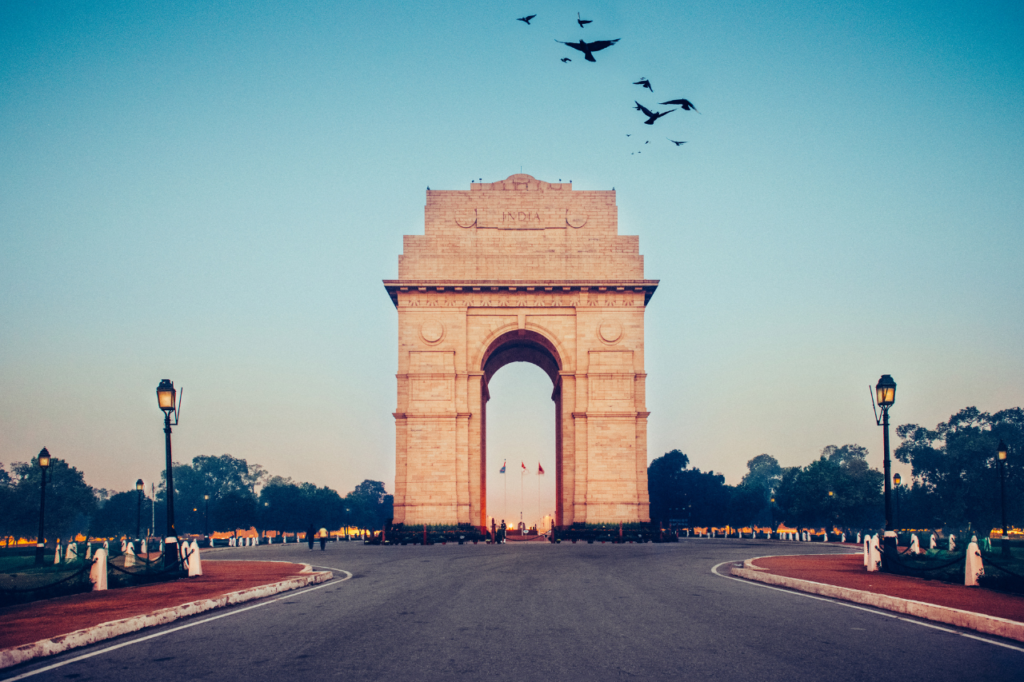Pincodes of Delhi
Delhi District List cover a wide range of neighborhoods in India’s capital city, These district provide access to Delhi’s vibrant urban environment, significant administrative history, and rich cultural legacy. Discover famous sites like India Gate, indulge in a variety of delectable foods, and see how tradition and modernity coexist. Delhi District provide access to the center of this thriving city, where lively markets and historic sites coexist peacefully. Delhi Pincodes offer a fascinating journey into the city’s soul, making it an alluring destination for locals and tourists alike, whether you’re exploring the city’s ancient history or soaking up its modern lifestyle.

Here is a List of Delhi Pincodes
| No. | District | State |
|---|---|---|
| 1 | Central Delhi | Delhi |
| 2 | East-Delhi | Delhi |
| 3 | New-Delhi | Delhi |
| 4 | North-Delhi | Delhi |
| 5 | North-West-Delhi | Delhi |
| 6 | South-Delhi | Delhi |
| 7 | South-West-Delhi | Delhi |
| 8 | West-Delhi | Delhi |
About Delhi
Delhi is a city and union territory in India, housing New Delhi, the nation’s capital. It is located on both sides of the Yamuna River, mainly to the west, with borders shared with Uttar Pradesh to the east and Haryana in other directions. Delhi became a union territory on November 1, 1956, and the National Capital Territory (NCT) in 1995.
History:
Traditionally, Delhi is linked to seven cities. Delhi’s relics date back to around 300 BCE in the Maurya period.The first, in present-day southern Delhi, was built by King Anang Pal of the Tomara Rajput dynasty in 1052 CE. In the mid-12th century, Chauhan Rajputs, led by Vigraharaja IV, conquered and renamed it Qila Rai Pithora.
For the next three hundred years, Delhi was ruled by a succession of Turkic and Afghan dynasties, including the Lodi dynasty. The Afghan Lodi dynasty briefly restored control over Punjab and the Gangetic plain but was ultimately defeated by Babur in 1526, marking the rise of the Mughal dynasty.
The Mughal dynasty governed Delhi for over three centuries, with a sixteen-year interruption during the rule of Sher Shah Suri and Hemu from 1540 to 1556. Shah Jahan constructed the seventh city of Delhi, named Shahjahanabad, which became the Mughal Empire’s capital from 1638. Today, it is known as the Old City or Old Delhi. After the Death of Aurangzeb, Delhi was ruled by the Marathas for about a century.
In 1803, the British defeated the Marathas in the Battle of Delhi. In 1857, the British captured Delhi during the Indian Rebellion in the Siege of Delhi. In 1858, Delhi became part of British-controlled Punjab. In 1911, British India’s capital moved from Calcutta to Delhi, and this change occurred on 12 December 1911. New Delhi received its name in 1927 and was inaugurated on 13 February 1931. After India gained independence on 15 August 1947, New Delhi became the capital of the Union of India. Over time, the part built during the British period has become known as Lutyens’ Delhi.
Geography:
Delhi is bordered by Haryana to the north, west, and south, and Uttar Pradesh to the east. Two important geographical features are the Yamuna flood plains and the Delhi ridge. The Yamuna River used to mark the boundary between Punjab and UP and its flood plains have fertile soil but face flooding. The Yamuna is a sacred river in Hinduism and is the main river in Delhi. The Hindon River separates Ghaziabad from eastern Delhi. The Delhi ridge starts in the south from the Aravalli Range and encircles the west, northeast, and northwest parts of the city. It reaches a height of 318 meters and is a prominent feature in the region.
Apart from the wetlands created by the Yamuna River, Delhi still has more than 500 small ponds that host a wide variety of bird species.
The National Capital Territory of Delhi spans 1,483 km2, with 783 km2 in rural areas and 700 km2 in urban areas, making it the country’s largest city by area.
Demographics:
The 2011 census reported Delhi’s population as 16,753,235, with a density of 11,297 persons per km2, a sex ratio of 866 women per 1000 men, and a literacy rate of 86.34%. The 2011 census provided two figures for urban area population: 16,314,838 within NCT and 21,753,486 for the Extended Urban Area. In 2021, the government renamed the Extended Urban Area as Central National Capital Region (CNCR).
Hinduism is the primary religion in Delhi, with 81.68% of the population, followed by Islam (12.86%), Sikhism (3.40%), Jainism (0.99%), Christianity (0.87%), and Buddhism (0.11%).
According to the 50th report of the commissioner for linguistic minorities in India from 2014, Hindi is the most spoken language in Delhi, with 80.94% of speakers. It is followed by Punjabi (7.14%), Urdu (6.31%), and Bengali (1.50%). Additionally, 4.11% of the population in Delhi speaks other languages. Furthermore, Hindi is the official language of Delhi, while Urdu and Punjabi have been designated as additional official languages.
